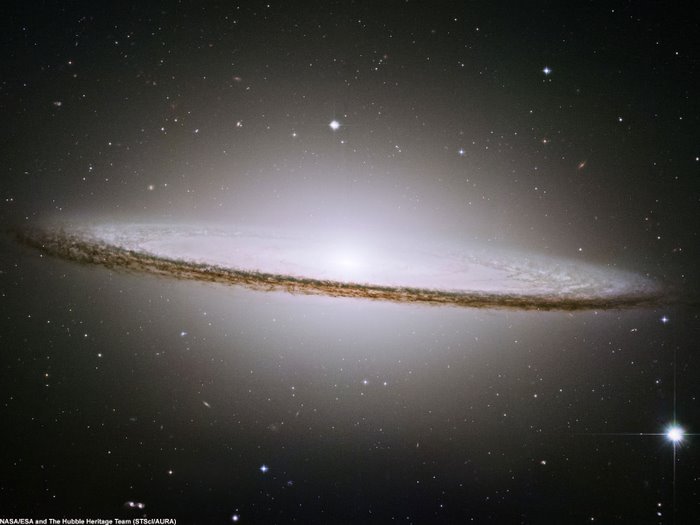Valid ideas that physical reality is vastly larger than human perception of it, and that the perceived part may not be representative of the whole, exist on many levels and have a long history. After a brief general inventory of those ideas and their implications, I consider the cosmological “multiverse” much discussed in recent scientific literature. I review its theoretical and (broadly) empirical motivations, and its disruptive implications for the traditional program of fundamental physics. I discuss the inflationary axion cosmology, which provides an example where firmly rooted, plausible ideas from microphysics lead to a well-characterized “mini-multiverse” scenario, with testable phenomenological consequences
Time Doesn’t Really Flow—Your Brain Just Makes You Think It Does
-
The passage of time is inextricably tied to how humans perceive our own
experiences. We confuse our perspective on reality with reality itself.
The post ...
1 day ago






